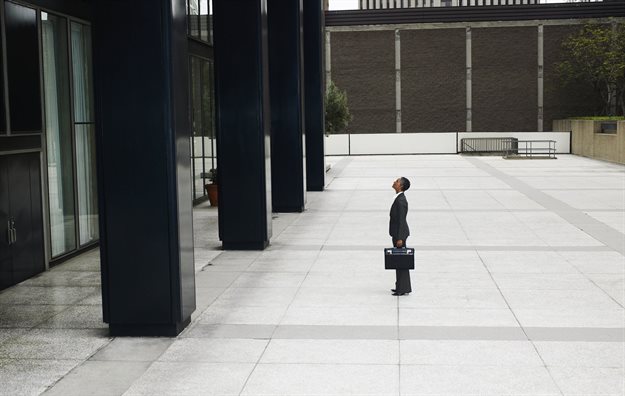
Top stories




“The first thing every investor needs to remember is that property – whether commercial or residential – is a long-term investment,” says Van Rooyen. “It’s a cyclical market and there will always be ups and downs. The key to maintaining a strong long-term investment trajectory is to drown out the noise and volatility of the moment and focus on balancing the core factors that determine a property’s profitability in every market.”
The first and most obvious of these factors is rental rates – an area Van Rooyen says is particularly sensitive to fluctuating market conditions and the ratio of supply to demand. In order to achieve the best long-term results, he advises investors to examine rental figures within the context of a property’s specific demand profile, closely linked to its location.
“At the moment, rental rates are likely to decrease due to supply and demand,” he says. “Businesses are going to be forced to close down because of Covid-19 fallout, and tenants are going to have their pick of properties and a strong position from which to negotiate on rentals. However, in situations like this, we tend to find properties in core business clusters are less affected than those in outlying areas, offering better investment stability in these times.”
Van Rooyen points out that the potential weakness of properties in secondary or outlying areas during cycle downswings is balanced by their attractiveness to tenants in cycle upswings due to their lower rental rates. For this reason, he recommends investors carefully consider the pros and cons of each location with regards to current and predicted future market conditions, and select investments not only based on rental rates, but also location risk profiles and diversified investment strategies.
Risk is an equally important element to consider when assessing what yield a commercial property needs in order to be a viable investment. According to Van Rooyen, the lower a property’s risk, the lower its yield can be without decreasing its investment potential.
“A good quality property with strong tenants means a lower risk profile, so condition and tenant mix are both important,” he says. “Location, property type, and the length of any remaining leases also play a role.”
Properties with higher risk profiles are not automatically poor investments, however Van Rooyen suggests investors explore ways to increase their yields before dismissing their potential.
“Something as simple as securing a below-prime interest rate – a definite possibility for investors in good standing, particularly in today’s market - can go a long way towards making a property’s yield high enough to be worth a slightly riskier profile,” he says.
According to Van Rooyen, it’s invariably the riskier investments that reap the highest yields, and encourages commercial investors to be bold and embrace their appetite for calculated risk.
“Our current market is the perfect example,” he says. “The short term is going to be challenging, and investors will need reasonable financial reserves to weather the storm. However, with the right guidance, planning and knowledge, it’s also an excellent time to snap up amazing bargains and once-in-a-lifetime properties that may be high-risk in the current market, but have the potential to deliver incredible future returns.”